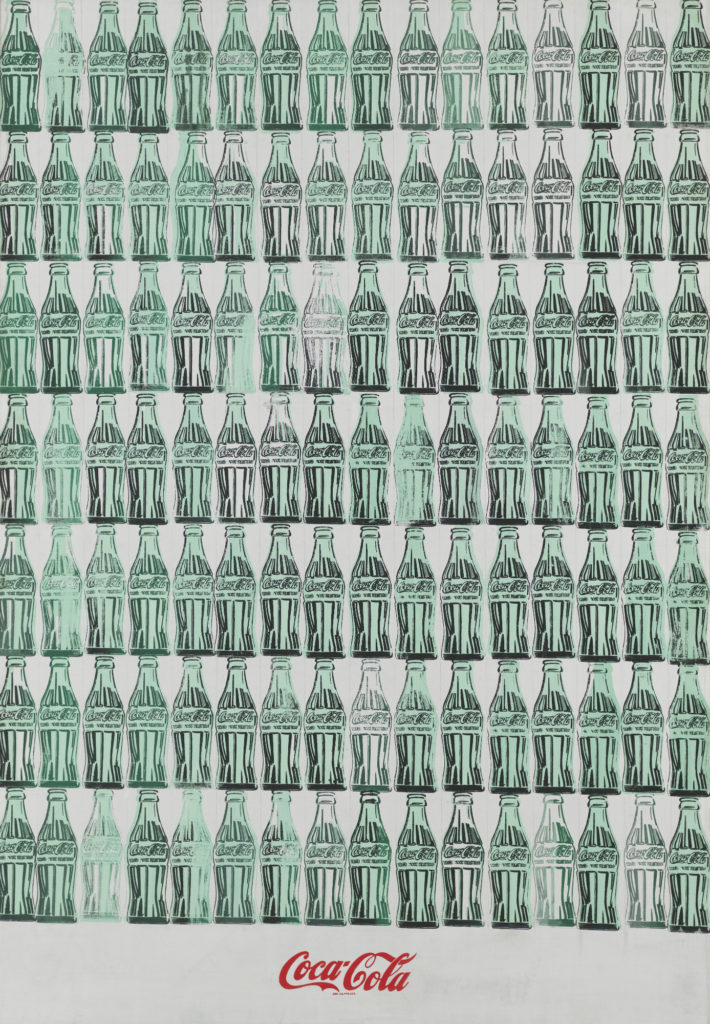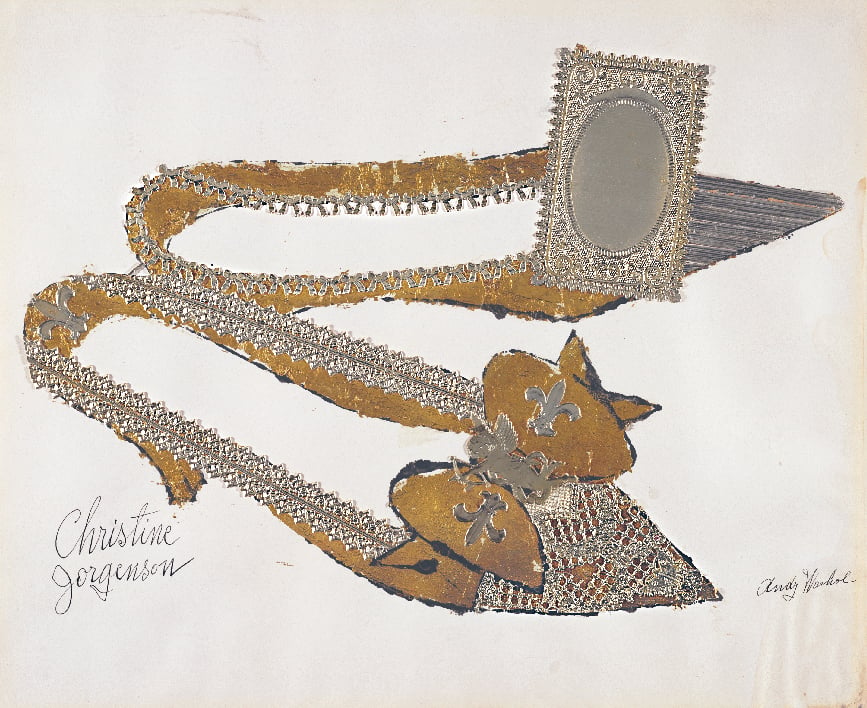Art World
Did Coca-Cola Turn Warhol Into a Pop Artist? An Ambitious Whitney Show Will Investigate the Artist’s Early and Lesser-Known Works
Whitney curator Donna De Salvo says the show will include surprises and challenge perceptions of the artist.

Whitney curator Donna De Salvo says the show will include surprises and challenge perceptions of the artist.

Javier Pes

“You’ll see Warhol before he became Warhol—when he was Andy Warhola,” promises Donna De Salvo, the Whitney’s senior curator and deputy director for international initiatives, who is organizing the New York museum’s sure-fire blockbuster of work by the late Pop artist.
But if you’re going to devote three floors of the museum plus a film season to Warhol, there had better be some surprises, she recognizes.
De Salvo is ready for the challenge. “I know the Warhol terrain, so I am very conscious that it has to be an exhibition that challenges perceptions,” she tells artnet News. Among the 200 works due to be featured will be some much less well known ones, including experimental pieces he never showed.

Andy Warhol, Green Coca-Cola Bottles (1962). Whitney Museum of American Art, New York; purchased with funds from the Friends of the Whitney Museum of American Art 68.25. © 2018 The Andy Warhol Foundation for the visual Arts, Inc./ Artists Rights Society (ARS), New York.
Arriving in New York from his native Pittsburgh in 1949, Warhol began his career in advertising. At the time, Madison Avenue was increasingly technological, while the art world was obsessed with originality and the authenticity of the hand-made mark. De Salvo says that the exhibition will show how the 1950s were “foundational” for the young artist and how aware he was of changes going on around him.
“He could see the big money Coke was spending on photography so that its drink did not look like mud,” De Salvo says, which partly spurred his move from commercial art into the equally competitive world of fine art. “Warhol could see that the illustration work was going to dry up,” she says. Always one step ahead, Warhol created his famous series of Coca-Cola silkscreens in the early 1960s. (The Whitney owns a 1962 classic, Green Coca-Cola Bottles.)
Cut to 1985, when Coke created a PR crisis by sweetening its beloved recipe and calling it New Coke. Time magazine asked Warhol to create a cover image to accompany its coverage of the corporate snafu. The artist poured the drink onto paper and took Polaroids of the spills. Time decided not to use it but the Coca-Cola company went on to collect some of the works and now displays them with pride.
De Salvo hopes to include a sculptural stack of clear perspex boxes containing rolls of brightly colored mylar film, which the artist made in the 1970s but never showed. They seem closer to campy Minimalism than the classic Brillo boxes that helped make his name in the ’60s as a Pop artist.
Warhol was always “immersed” in technology, De Salvo says, saying he even played with an idea of selling his screen tests on their own mini monitor. He famously launched his own cable show, Andy Warhol TV, in the early 1980s. Georgia O’Keeffe, aged 92, was one unlikely guest. But Warhol was always hand-painting and drawing works in private, including during the 1950s, when he was working as a commercial artist.

Andy Warhol, Christine Jorgenson (1956). Collaged metal leaf and embossed foil with ink on paper. Sammlung Froehlich, Leinfelden-Echterdingen, Germany. © The Andy Warhol Foundation for the Visual Arts, Inc. / Artists Rights Society (ARS) New York.
As a young curator she organized two Warhol shows with the artist’s help, recalling that they “just hit it off.” She remembers the day she got a call from the Factory and learned that Warhol had found some early paintings “in the closet.”
“I said, ‘I’ll be right there,’” she recalls. They included before-and-after paintings of nose jobs. (The artist had his own nose reshaped at age 29.) One of the paintings featured Benday dots. He said he loved the dots but stopped when he saw Roy Lichtenstein “do it so much better,” De Salvo says.
“Andy Warhol: From A to Be and Back Again,” Whitney Museum of American Art, November 12 through March 31, 2019. The exhibition will travel to the San Francisco Museum of Modern Art and the Art Institute of Chicago.